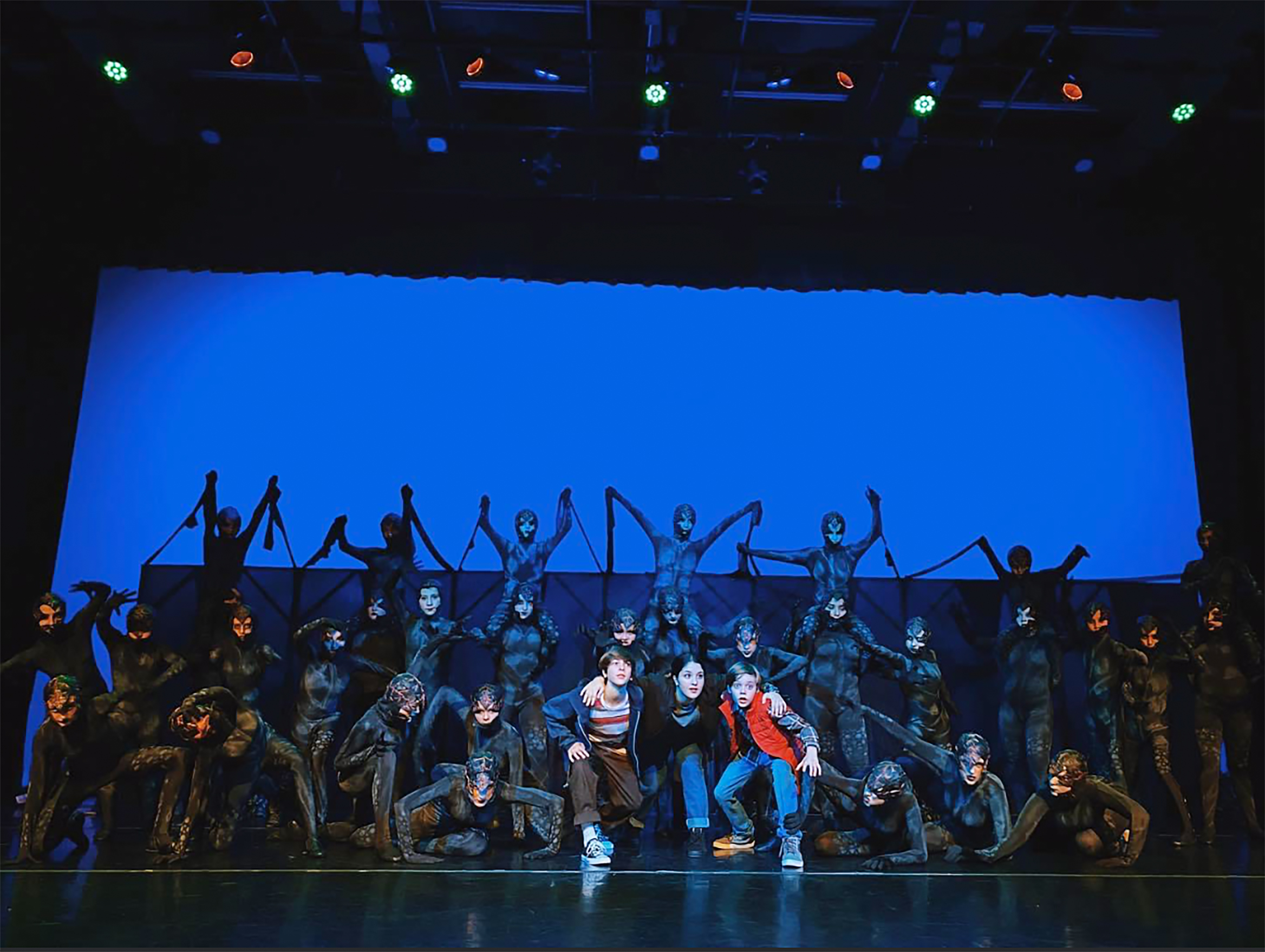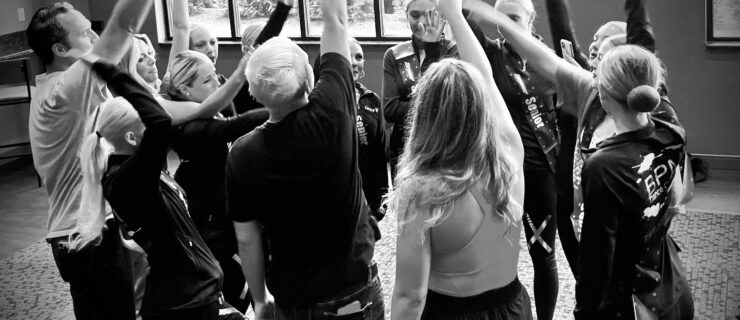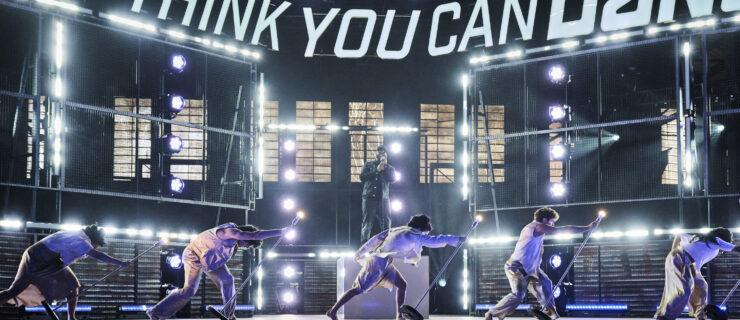Is Lip-Syncing a Do or Don’t for Competitive Dancers?
Facial expressions are a big part of competitive dance performances, and what dancers should be doing with their mouths onstage has long been a matter of great debate. Many teachers, choreographers, and judges are staunchly against lip-syncing of any kind, while others believe that it can be a light-hearted, appropriate form of expression. According to Believe National Talent Competition judge Andrew Sivco, who has a musical theater background, lip-syncing is rarely worth the risk. “Generally, it is very distracting when dancers lip-sync,” he says. “It becomes difficult to focus on technique when there is too much mouth involved in the performance.”
Nail the Necessities
Sivco acknowledges that sometimes dancers lip-sync when they lose focus on the technical elements of their performance, especially in the latter half of the competition season, when routines have been practiced and performed countless times. Rather than making a choice to lip-sync, dancers may perform the action mechanically instead of emotionally engaging with their routine. “Especially in group dances, it is common to see some people accidentally mouthing words while others are not,” Sivco says. “Expression needs to be cohesive, and the focus should really be on the emotion.” He adds that during the rehearsal process, breaking a dance down with just counts, as opposed to solely coaching with lyrics, may help performers remember to connect emotionally with the choreography.
Intentional Presentation
Lindsey Henderson-Rübsamen, assistant director of the competition team at PDT Dance Arts in Texas, agrees that lip-syncing should not generally be encouraged. “Dancers should be able to use movement and energy to perform instead of mimicking the song,” she says. “The only time we allow them to lip-sync is during musical theater numbers, because that is the only time they will likely perform that way professionally.”
When Henderson-Rübsamen’s students do need to lip-sync for a musical theater routine, she makes sure dancers are intentional with the use of their mouths. “Our musical theater teacher is a vocal coach and piano instructor, too,” she says. “She will print out the lyrics, and the dancers will sit and learn the song first.” While learning the lyrics, Henderson-Rübsamen says dancers begin learning to open their mouths and pronounce vowels well so lyrics can be seen clearly. This way, lip-syncing becomes an intentional part of the routine rather than an afterthought.
Emotional Execution
Henderson-Rübsamen believes that lip-syncing unintentionally is almost like counting out eight-counts—it makes dancers look like they are thinking. “It becomes a crutch for dancers who do not know how to express emotion any other way, and that becomes a distraction from the piece itself,” she says. To help dancers learn to be expressive with emotions instead of falling back on lip-syncing, she focuses on the feeling behind the choreography and the music. “We talk about how a certain lyric makes them feel,” she explains. “If the lyric is sad, I will ask them to stop and think about a time they were sad to make an emotional connection that will come across genuinely.” Henderson-Rübsamen points out that while some lyrics may seem too emotionally advanced for certain dancers, there is always a connection to be made. “A 7-year-old has not experienced heartbreak from a romantic breakup,” she says, “but they understand the emotion of heartbreak in a different context—the loss of a pet, friend, or grandparent, for instance. It is up to teachers to help them make the connection.”
Additionally, Henderson-Rübsamen suggests that having dancers stand directly in front of the mirror and mark the choreography while using their faces to perform their emotions may help fight against lip-syncing habitually. “When dancers have to deliberately look at themselves and watch their faces, they begin to recognize the moments they lip-sync—often, they do not even realize how frequently they are returning to that habit.”
The Bottom Line
“Most of the time, even in musical theater numbers, lip-syncing is just not necessary,” Sivco says. “You should be focused on what character you are portraying, and that will not be determined by whether you can lip-sync well.” However, if dancers are going to lip-sync, he suggests using it carefully, to enhance a number. “In very specific moments, if a song has spoken lines that a dancer can break away to deliver or during a transition, it can work very well,” Sivco says. But since a large part of a competition score reflects performance, he encourages weighing the choice carefully to make sure it serves as more than a distraction from the dance.




